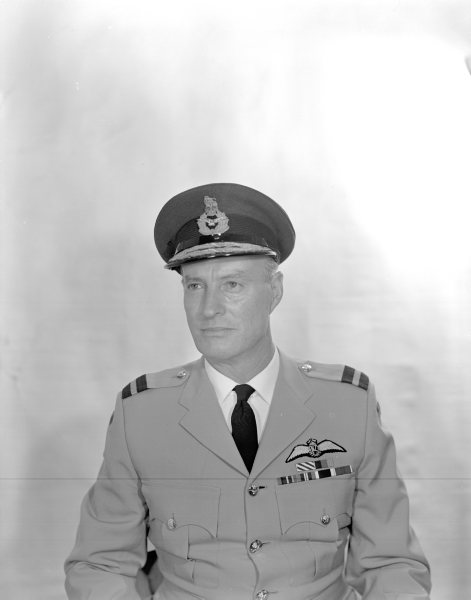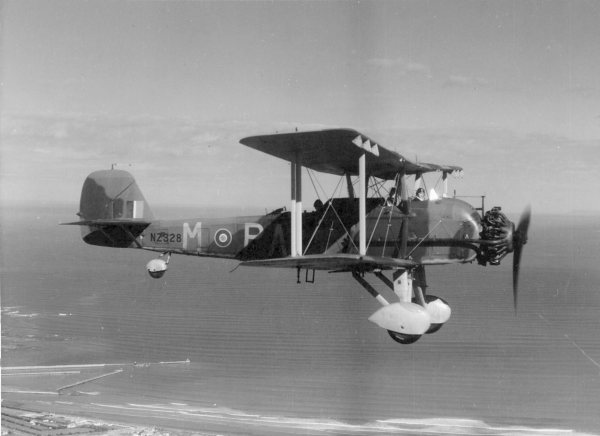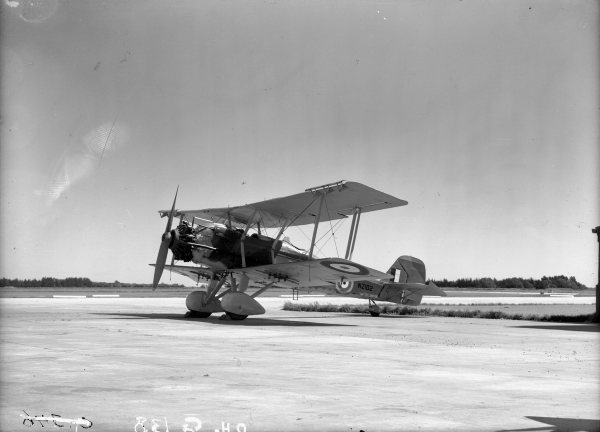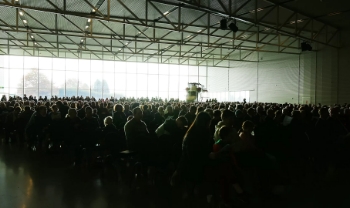Since our first blog on the history of Vickers Vildebeest NZ102, our Research Team has uncovered more of its secrets. If you have not already seen part one of this blog, you can read it here. It explains why and how we are doing this research. This is an update on what we have found recently.

We know from Unit Histories that there were five Vildebeests left at RNZAF Wigram in March 1940, including NZ102. Sometime after April 1940, they departed the station for other taskings. NZ102 then disappeared from the records until we picked it up in flying log books held in our archives.
NZ102 first appears in a logbook in January 1941, with a trip between Wigram and Nelson. It subsequently joined No. 2 (GR – General Reconnaissance) Squadron for dual and general training purposes, with the slightly more modern Vincent aircraft maintaining operational anti-submarine patrols in Cook Strait and the Marlborough Sounds. NZ102 was also used extensively during 1941-1942 by the School of General Reconnaissance, often switching location between Nelson and Omaka during the period. Many of the pilots who went on to fly Hudsons and Venturas in the Pacific flew the aging Vildebeests as part of their training.
One of these young men was Albert Agar, a future Air Commodore. In fact, he was reunited with NZ102, which he had previously flown as a pupil at Wigram in 1939. He was the pilot that had a mid-air collision in the aircraft on 24 October 1939, which thankfully did not end in total disaster for both Vildebeests and their crews. As an instructor at the School of General Reconnaissance in 1941, Agar flew NZ102 extensively. During his combined time at Wigram and Omaka, he flew NZ102 120 times, more than any pilot identified so far.

To identify what happened to NZ102 next, we were helped by aviation researcher David Duxbury, who has undertaken detailed study of the historical records of many RNZAF units in World War Two. David let us look over his notes and we were able to find NZ102’s next move. It was an unexpected one.
In late 1942, with New Zealand now at war with Japan, several GR Squadrons were working up to operational efficiency around the country and providing the only defence against German raiding vessels, Japanese submarines and the threat of invasion. One of these was No. 8 (GR) Squadron, which was formed in March 1942 and based at Gisborne. NZ102 was transferred to Gisborne from Omaka in September 1942. Once again, the aircraft was only intended for training purposes, being a dual control configured machine. The actual patrols were undertaken by Vincents, which were equipped with early anti-submarine radar and modern radio equipment.

On an operational unit, the type of training undertaken was very different to the more pedestrian flying, navigation and ground firing exercises undertaken at Omaka and Wigram. Pilots’ log books record dive-bombing practice from 5,000-2,000 feet while carrying eight bombs, the intent to hit four floating and four land targets. This must have been quite an experience for the pilots! Low level bombing practice was also carried out, and NZ102 had a drogue towing winch fitted to tow a target for aerial gunnery practice. The aircraft may not have been flying actual operations over the sea but otherwise, was very much in the front line. It is also more than likely that NZ102 would have worn a camouflage paint scheme while at Gisborne.

In April 1943, the aircraft was sent to Ohakea for repair. What the reason for the repair was and what happened next is unclear, so the next goal is to find out what happened in the last phase of its service life, until it was finally broken up in 1944.
These are just some of the results of the research done to date. As we uncover new information, we have been recording and preserving it properly, so it can be of use to researchers in the future. Each new detail we find will help us interpret and share the story of the only Vickers Vildebeest still in existence.
Did your ancestor fly or work on NZ102?
Do you know someone who flew or worked on NZ102? Do you have a log book, photographs or other information that may help us piece together this aircraft’s history? If so, we would love to hear from you. Email us at: research@airforcemuseum.co.nz





